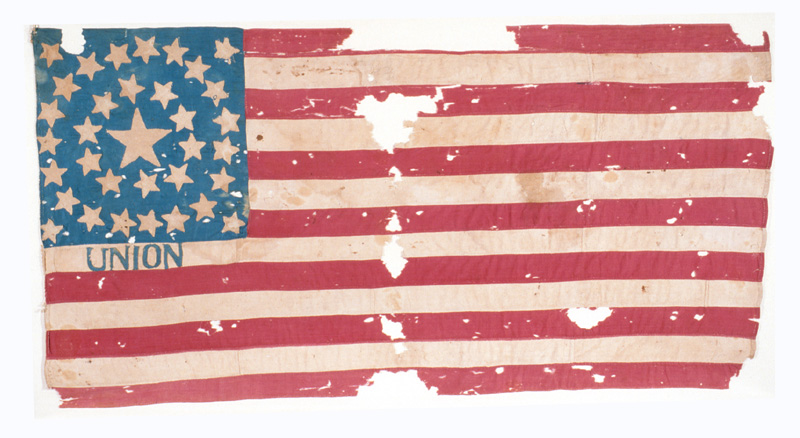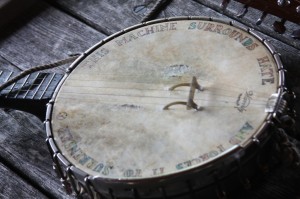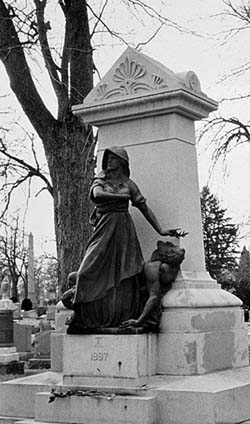Join us on Thursday evening, July 3rd, from 7 to 9 PM at Feed Arts Center for the next Key City Singalong.
More info is here.
From NOEBIE.net
Brian K. Noe · ·
Join us on Thursday evening, July 3rd, from 7 to 9 PM at Feed Arts Center for the next Key City Singalong.
More info is here.
Brian K. Noe · ·

Come join us on Wednesday evening, June 11th, at 7PM for Open Mic Night at Feed Arts Center in downtown Kankakee.
We’re planning an evening of acoustic music and spoken word, with old Folkies, young poets, and everybody in between taking the stage to present their craft.
Whether you are a seasoned performer, or you’ve never yet faced a public audience, we invite you to come and share your music, recitation or reading before a group of enthusiastic and nurturing souls at Feed.
If you don’t feel like performing, please join us to listen and to support those who do.
It’s an evening of homegrown words and music, direct from the heart of the arts in our community.
Brian K. Noe · ·

Here’s an account of one of the earliest known commemorations of Memorial Day, from professor David Blight’s book The Civil War in American Memory. I may try to learn “Rally ‘Round The Flag” on banjo this weekend in tribute.
African Americans founded Decoration Day at the graveyard of 257 Union soldiers labeled “Martyrs of the Race Course,” May 1, 1865, Charleston, South Carolina.
The “First Decoration Day,” as this event came to be recognized in some circles in the North, involved an estimated ten thousand people, most of them black former slaves. During April, twenty-eight black men from one of the local churches built a suitable enclosure for the burial ground at the Race Course. In some ten days, they constructed a fence ten feet high, enclosing the burial ground, and landscaped the graves into neat rows. The wooden fence was whitewashed and an archway was built over the gate to the enclosure. On the arch, painted in black letters, the workmen inscribed “Martyrs of the Race Course.”
At nine o’clock in the morning on May 1, the procession to this special cemetery began as three thousand black schoolchildren (newly enrolled in freedmen’s schools) marched around the Race Course, each with an armload of roses and singing “John Brown’s Body.” The children were followed by three hundred black women representing the Patriotic Association, a group organized to distribute clothing and other goods among the freedpeople. The women carried baskets of flowers, wreaths, and crosses to the burial ground. The Mutual Aid Society, a benevolent association of black men, next marched in cadence around the track and into the cemetery, followed by large crowds of white and black citizens.
All dropped their spring blossoms on the graves in a scene recorded by a newspaper correspondent: “when all had left, the holy mounds — the tops, the sides, and the spaces between them — were one mass of flowers, not a speck of earth could be seen; and as the breeze wafted the sweet perfumes from them, outside and beyond … there were few eyes among those who knew the meaning of the ceremony that were not dim with tears of joy.” While the adults marched around the graves, the children were gathered in a nearby grove, where they sang “America,” “We’ll Rally Around the Flag,” and “The Star-Spangled Banner.”
The official dedication ceremony was conducted by the ministers of all the black churches in Charleston. With prayer, the reading of biblical passages, and the singing of spirituals, black Charlestonians gave birth to an American tradition. In so doing, they declared the meaning of the war in the most public way possible — by their labor, their words, their songs, and their solemn parade of roses, lilacs, and marching feet on the old planters’ Race Course.
After the dedication, the crowds gathered at the Race Course grandstand to hear some thirty speeches by Union officers, local black ministers, and abolitionist missionaries. Picnics ensued around the grounds, and in the afternoon, a full brigade of Union infantry, including Colored Troops, marched in double column around the martyrs’ graves and held a drill on the infield of the Race Course. The war was over, and Memorial Day had been founded by African Americans in a ritual of remembrance and consecration.
Brian K. Noe · ·
 We get our firewood from a fellow that has a blade, tool and saw sharpening business here in town. I’d noticed quite a few old guitars and other instruments around the shop there, and on my last visit I asked Dave, the proprietor, if he played. It turns out that he’s been learning guitar, and he showed me a book of traditional Folk tunes that he works from. His eyes lit up as he spoke about his love for music, and his dream of playing with other musicians.
We get our firewood from a fellow that has a blade, tool and saw sharpening business here in town. I’d noticed quite a few old guitars and other instruments around the shop there, and on my last visit I asked Dave, the proprietor, if he played. It turns out that he’s been learning guitar, and he showed me a book of traditional Folk tunes that he works from. His eyes lit up as he spoke about his love for music, and his dream of playing with other musicians.
At the time, I thought of how cool it would be to get together with people in the area and just play for the love of it.
Pete Seeger’s recent passing has stirred me to think about the role of music in our world and in our lives as something other than a commodity. I’ve decided to do more than just think about it.
In searching the Web and asking around at the music store, I wasn’t able to find something like this in our community, so I’m working to organize a gathering of people who love to sing, accompanied by traditional Folk instruments. I picture it as a family environment with people of all ages playing and singing for a couple hours some evening once a month. I’m currently looking for a church hall or other public space that would be available without charge for such an endeavor. If you happen to know of one, please get in touch.
In the meantime, visit Key City Singalong | Folk Music Gathering in Kankakee, if you’d like. It’s where I’ll be promoting the idea, and posting further information as things develop.
Wish us luck.
Brian K. Noe · ·
It is sad to learn of the passing of Pete Seeger, who has been a personal hero of mine most of my life.
I’d like to share this excellent retrospective that Sam Anderson wrote on the occasion of Seeger’s 90th birthday in April of 2009.
“Seeger is, quite literally, a folk hero—in the sense that he collected, wrote, and popularized many of America’s essential songs. But he is also a folk hero in the sense that Paul Bunyan is a folk hero.”
Read the full essay here: Pete Seeger Celebrates His 90th Birthday — New York Magazine.
Brian K. Noe · ·

Brian K. Noe · ·
Brian K. Noe · ·

As always as we observe Memorial Day I especially remember Wallace Malcolm Hirstein, who served with great valor and courage in World War II.
Brian K. Noe · ·
Sharon Smith presents the history of radicalism in the U.S. Labor Movement from the late 1800s forward, with an eye toward reclaiming its rich heritage for the Working Class struggles of today.
The title of the book comes from something Labor martyr August Spies said prior to his execution. “If you think that by hanging us you can stamp out the labor movement, then hang us. Here you will tread upon a spark, but here, and there, and behind you, and in front of you, the flames will blaze up. It is a subterranean fire. You cannot put it out. The ground is on fire upon which you stand.”
Brian K. Noe · ·
Red November, Back November
 by Ralph Chaplin
by Ralph Chaplin
Red November, black November,
Bleak November, black and red.
Hallowed month of labor’s martyrs,
Labor’s heroes, labor’s dead.
Labor’s wrath and hope and sorrow,
Red the promise, black the threat,
Who are we not to remember?
Who are we to dare forget?
Black and red the colors blended,
Black and red the pledge we made,
Red until the fight is ended,
Black until the debt is paid.
In memory of the Haymarket Martyrs, who were executed by the State of Illinois in November of 1887.